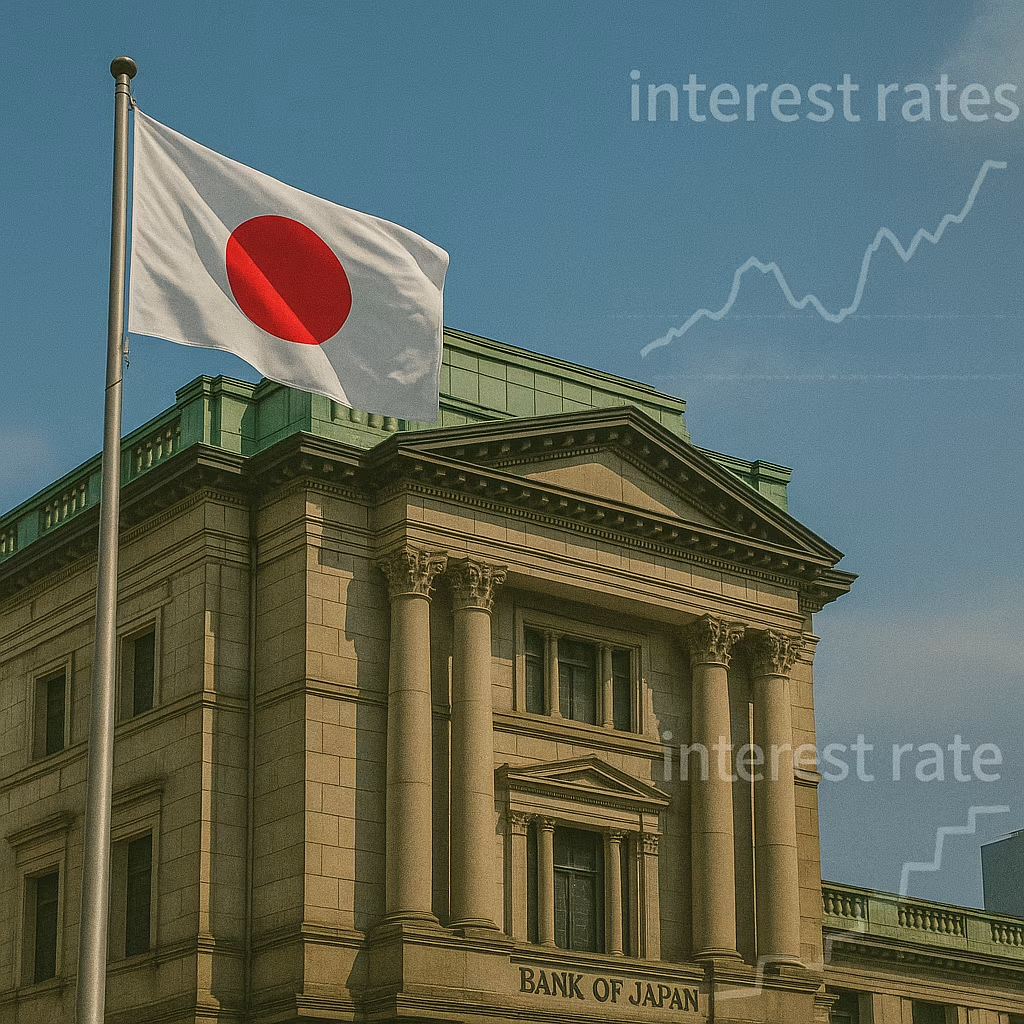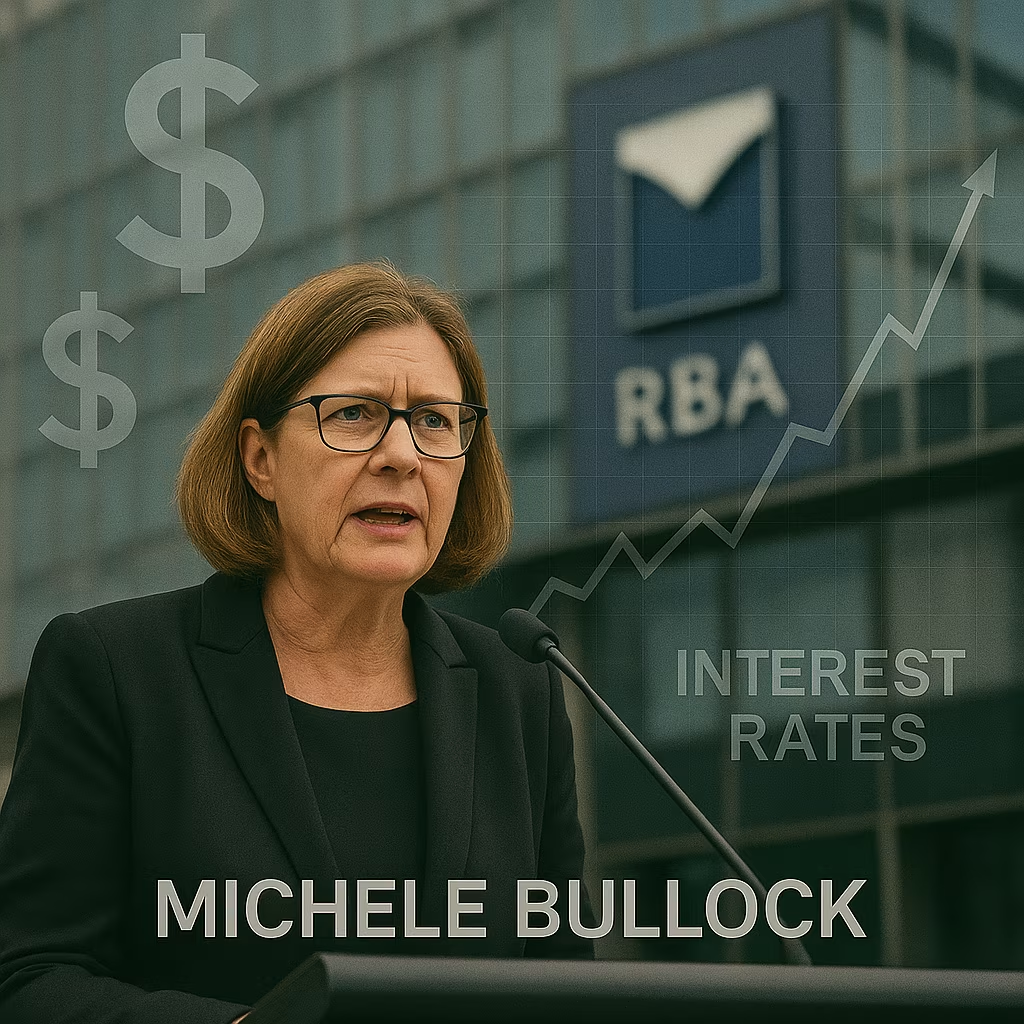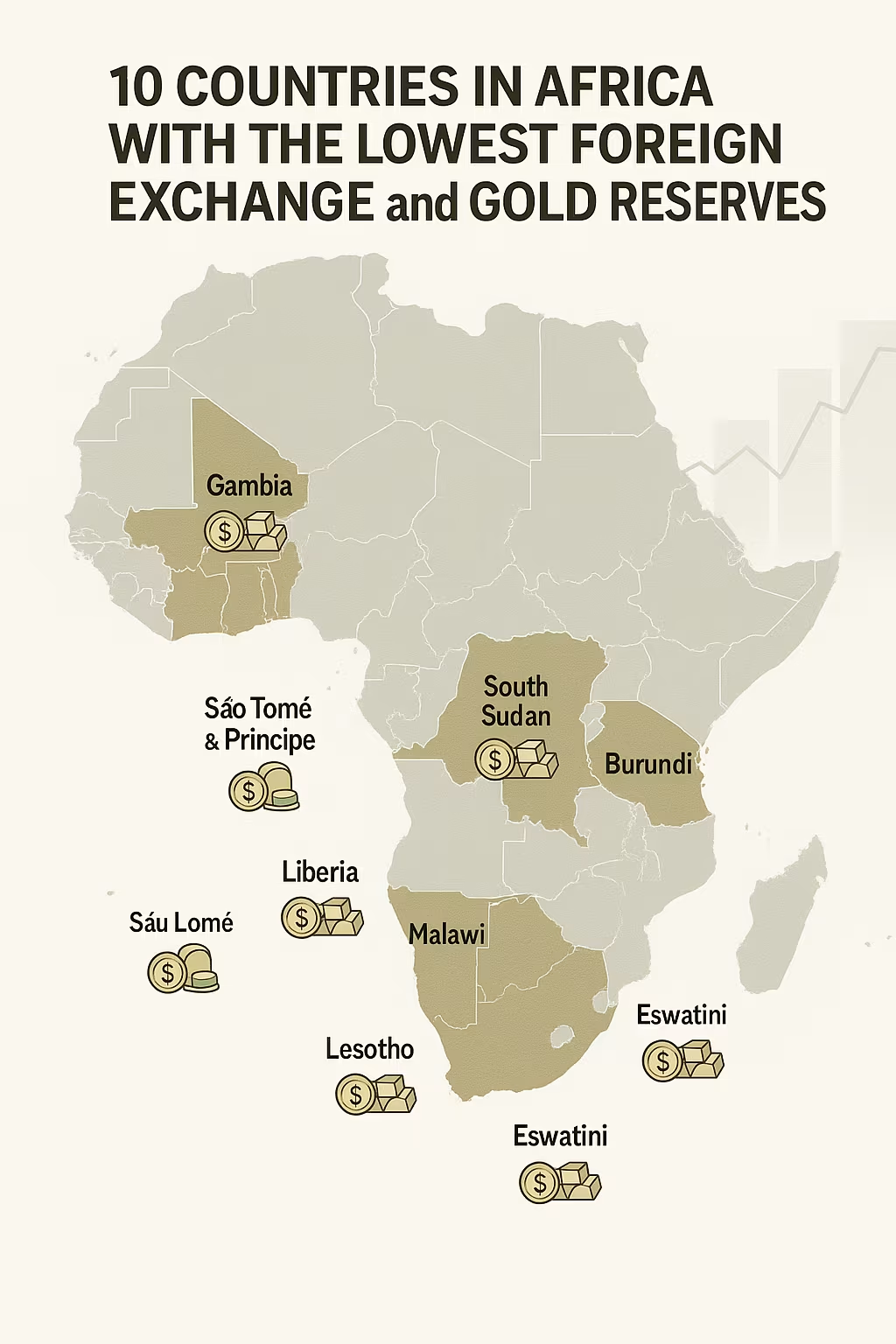The Bank of Japan (BOJ) may be preparing to move away from its cautious “wait-and-see” stance by the end of this year, according to the central bank’s latest policy meeting summary. The document suggests that policymakers are increasingly confident that economic and inflation conditions could justify a shift toward further monetary policy normalization after years of ultra-loose settings.
From Patience to Preparation
For much of 2024 and into 2025, the BOJ has maintained a gradual, highly measured approach to policy adjustments. While the central bank ended its negative interest rate policy earlier this year, it has stopped short of signaling an aggressive tightening cycle, citing the need for sustained evidence that inflation is anchored around its 2% target.
The latest summary, however, points to growing sentiment within the BOJ that conditions may be ripe for more action before the year is out.
“If the economy and inflation continue to move in line with our projections, there may be scope to take further steps to normalize policy by the end of the year,” one board member noted.
Economic and Inflation Backdrop
Japan’s economy has been showing signs of resilience despite global uncertainty:
- Inflation – Core inflation has hovered just above the BOJ’s 2% target for several consecutive months, supported by steady wage gains and higher service prices.
- Wages – Major corporations have agreed to significant pay increases, a development the BOJ views as critical for sustaining demand-driven inflation.
- Growth – GDP expanded modestly in recent quarters, with exports benefiting from a weaker yen and robust overseas demand.
- Currency – The yen has remained under pressure due to the interest rate gap with other major economies, but policymakers appear less concerned about volatility than earlier in the cycle.
These factors suggest that Japan may be entering a phase where inflation is driven more by domestic demand than external cost pressures — a key precondition for policy tightening.
Why the BOJ Has Been Cautious
Despite improving economic indicators, the BOJ has been reluctant to rush into additional rate hikes. Policymakers remain wary of derailing the fragile recovery, especially given Japan’s long history of deflationary pressures.
Past attempts to tighten policy prematurely — such as in the early 2000s — resulted in setbacks that forced the BOJ to reverse course. This history has made the bank more deliberate in ensuring that wage growth and inflation expectations are firmly entrenched before making bold moves.
Signals of a Shift
The latest meeting summary contains several hints that a policy shift could come sooner rather than later:
- Multiple members highlighted the need to monitor wage gains closely, but acknowledged that recent data is encouraging.
- Several members suggested that the risks of keeping policy too loose for too long may be rising, especially if inflation expectations climb further.
- The tone of the discussion shifted from uncertainty toward readiness, with more emphasis on conditions that would allow for additional tightening.
Market Reaction
Financial markets responded to the summary with a stronger yen and a slight uptick in Japanese government bond (JGB) yields, reflecting investor bets that the BOJ could raise rates or further adjust its yield curve control (YCC) framework before the end of 2025.
Equity markets were mixed, as traders weighed the prospect of higher borrowing costs against the benefits of a stronger domestic economy.
Risks to the Outlook
While the BOJ appears more open to tightening, several risks could delay action:
- Global Economic Slowdown – Weakness in major export markets like China or the U.S. could undermine Japan’s growth momentum.
- Energy Price Volatility – A spike in global energy prices could distort inflation data and pressure household budgets.
- Currency Fluctuations – Rapid yen appreciation could weigh on exports and dampen corporate earnings.
- Geopolitical Risks – Regional tensions in Asia could disrupt trade and financial flows.
The Path to Normalization
If the BOJ does decide to exit its wait-and-see mode by year-end, it will likely proceed cautiously. Possible steps could include:
- A small interest rate increase, building on the earlier move away from negative rates.
- Further relaxation or removal of YCC, allowing market forces to play a bigger role in determining long-term yields.
- Clear forward guidance to prepare markets and minimize volatility.
The BOJ’s strategy will likely emphasize gradualism, ensuring that inflation remains stable and economic growth is not disrupted.
The Bank of Japan’s latest policy summary signals that the era of extreme caution may be drawing to a close. With inflation holding above target, wage growth accelerating, and economic momentum intact, policymakers are increasingly open to the idea of taking additional steps toward normalization before the year ends.
For markets, this marks a notable shift in tone — one that could shape currency movements, bond yields, and investor expectations in the months ahead.





